
OR
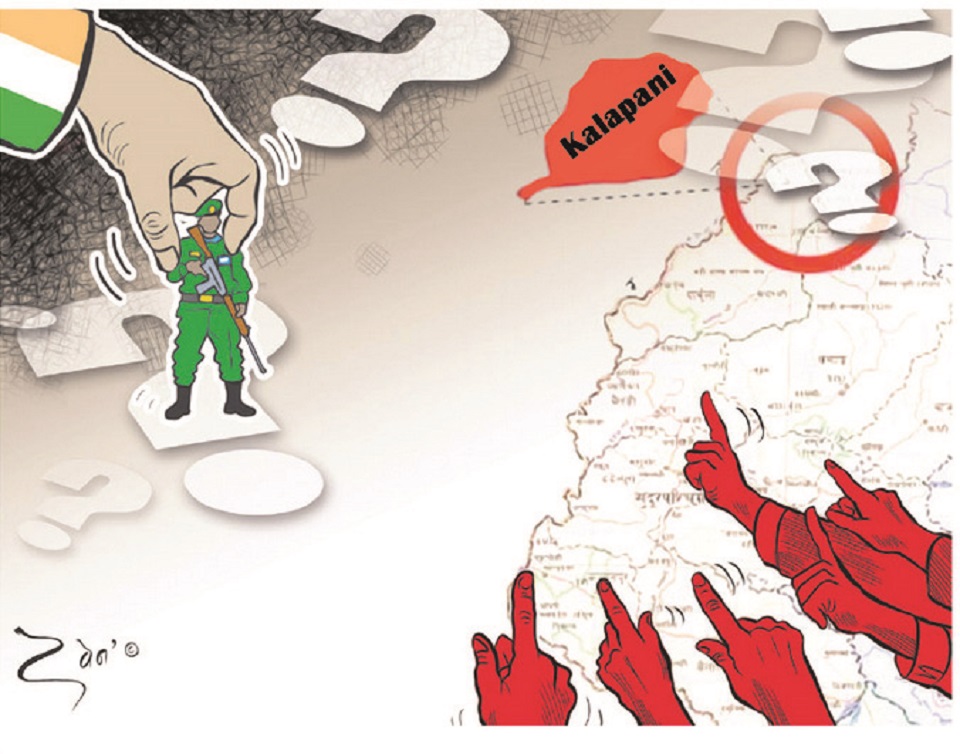

Gopal Thapa
The author is Former Chief of Protocol, Ministry of Foreign Affairsnews@myrepublica.com
There has to be a heart-to heart dialogue between PM Oli and PM Modi to set the stage for bilateral talks, so that India can be brought to the negotiating table without damaging our bilateral relations
At a time when efforts should have been made for mending fences between Nepal and India to become good neighbours, it is unfortunate that former Indian foreign secretary and ambassador of India to Nepal, ShyamSharan has tried to mislead public opinion in both countries through his highly controversial article recently published in The Indian Express. First, he calls the ongoing protests in Nepal ‘anti-Indian’ and accuses the political parties of stoking the protests in the name of nationalism. Second, he is blind to the fact that these protests have nothing to do with the friendly Indian people. Nor are they anti-Indian, as alleged. In fact, they are the spontaneous manifestation of Nepali people’s patriotism.
Third, these protests are against “territorial aggression” and not for the “territorial nationalism” as he calls. He has also tried to place the entire blame upon Nepali politicians for not making efforts to resolve outstanding border issues in the past. His article smacks once again of colonial hangover of Indian establishment. It is sad that even after seven decades of independence from colonial rule, Indian elites like ShyamSharan are still the captive of colonial mindset.
Moments of truth
These are the real moments of truth, the trying and testing times for the majority government led by Prime Minister KP Oli in Nepal. It was unfortunate he took to illness at a time when his sound physical health and sharp intellectual capacity were required to deal with the challenge that the country is beset with. It is quite relieving that he has now recovered. Hopefully, soon he will be fit enough to work. This is the right time for his government to tackle the issue with diplomatic skill, determination and firmness.
There has been unprecedented all-party national consensus on the fact that Kalapani, Lipulekh and Limpiyadhura irrefutably belong to Nepal. The Parliament has also authorised the government to immediately take necessary diplomatic initiatives toward starting negotiation with India on this issue. The whole nation stands solidly behind the government. There can never be more opportune time than this. It must be seized.
It has been a little over a month since India released a new political map formally annexing our territories of Kalapani, Lipulekh and Limpiyadhura. Public protests across the country and beyond continue without relent. Meanwhile, the government is blamed for not taking adequate efforts. The government has been criticised for failing to call the Indian Ambassador to Foreign Ministry to express displeasure over that unilateral cartographic aggression. The only notable progress is the dispatch of diplomatic note by our Foreign Ministry. Many foreign policy experts believe that the government is seemingly lost in a diplomatic dilemma and inaction as to how to make a proper move.
Caught in a dilemma
Indeed, government does not seem sufficiently proactive. However, it would be unfair to say that it is inactive, which, I think, is reading too far into its intention. Yes, the government is indeed in a big diplomatic dilemma, whether one admits or not. Any government would have gone through the similar predicament under such knotty circumstances. There are a few reasons behind this and they need to be looked atclosely.
First, the Prime Minister is indisposed. Second, the sensitivity, complexity and intensity involved in the issuecall fordeft but patient diplomatic handling.The biggest dilemma, to me, is how to bring India to the negotiating table, without jeopardizing theage-old friendly ties that the two countries enjoy.Another dilemma is possibly about the approachto adopt for the negotiation—whether the government should be adopting thebottom-up or top-down approach.
Nepal government’s diplomatic skill andacumen, therefore, lies in its ability to secure Indian consent for dialogue at whatever levelsit is agreed upon. Again, if India agrees to sit for negotiation, it is not sure if at all it will negotiate with good faith. Negotiations done with a bad faith is bound to fail. In such a situation, it will be natural for the government to be in a state of dilemma. Plainly speaking,it must be worrying whatits response shouldbe, if India were torefuse the proposal for withdrawal of its troops from Kalapani area. There is certainly a serious need to think through these challenges.
ShyamSharan has not said for nothingthat the maps drawn in the early 18th and 19th centuries used less refined cartographic technology and as such lack accuracyin border delineation.He has thrown a clear hint that India may not accept those maps as the boundary between the two countries as easily as many of us believe.Therefore, negotiation with India is not, and may notat all, be a cake walk. Historical facts and evidences are certainly to the government’s advantage.These are important, but national unity and collective resolve are even more important to succeed in negotiation.
Thus, this is no time for opposition party to settle political score with the ruling party. Rather than showing nit-picking behaviour, all should try tounderstandthe predicamentbefore the governmentand offer to strengthen government’s resolve to deal with the issue with firmness, open mind and steely resolve.
Keep patience
Patience pays in negotiations, goes the popular saying.Keeping emotions in check and not losing patience even in the face of formidable odds is the main mantra of effective diplomatic negotiation. Patience helps avoid confrontation, more so in negotiation with India. Diplomacy of patience and persuasion is what should be appliedas the main instrument of negotiation.However, application of persuasive diplomacy should not be understood as being adopted out of fear. It is not.
For too long, the territorial dispute of Kalapani, Limpiyadhura and Lipulekh were put in a backburner. All governments of the past share the blame for this complacency.Learning from this mistake, this issue must be treated, from now on, as one of the frontrunner issues. All the governments must make it a point to pursue it on a sustained manner until its final resolution is reached.Then, the issue of foremost urgency for the government is making India agree to sit fornegotiation. This is easier said than done, though. My hunch is Indian establishment will not agree easily to sit for negotiation without clear instruction from Prime Minister Modi. Hence, there has to be a heart-to heart dialogue between PM Oli and PM Modito agree for bilateral talks, so that India can be brought to the negotiating table without damaging our bilateral relations. This will be the win-win situation for both the countries. But this calls for tough diplomatic skill, which can be possible only from efforts made at the highest political level.
It would be a miracle in the annals of Nepal-India relations if issues mentioned above were resolvedamicably through negotiations sooner rather than later. But it all depends on India if at all it genuinely wants to resolve them.Nepal’s diplomatic overtures for dialogue have yet to find a response from India.
Nepal must wait patiently for a reply.In the ultimate analysis, negotiation is a two-way traffic. Accommodative and flexible attitude, positive thinking and good intentions from both sides are indispensable for any negotiationto succeed.
Let me end by quoting late American President John FKennedy: “You cannot negotiate with people who say what is mine is mine and what is yours is negotiable.”
You May Like This
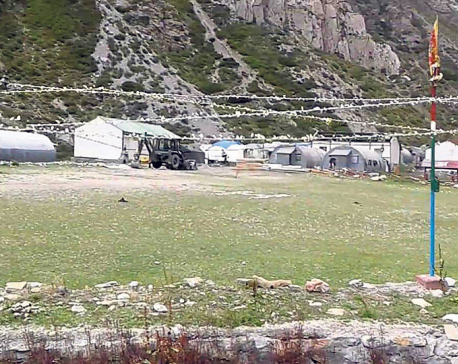
India accused of removing border pillars, encroaching Nepal’s territory in Far West
DARCHULA, Nov 20: Purnabas Municipality of Kanchanpur district allocated Rs 500,000 for the construction of a culvert some two years... Read More...
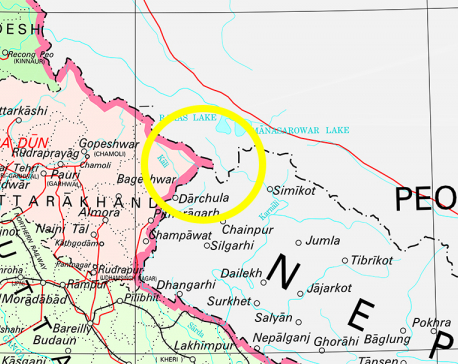
Safeguarding our territory
Nepal may seek British mediation if India does not agree that Limpiadhura is the source of Mahakali River. As last... Read More...
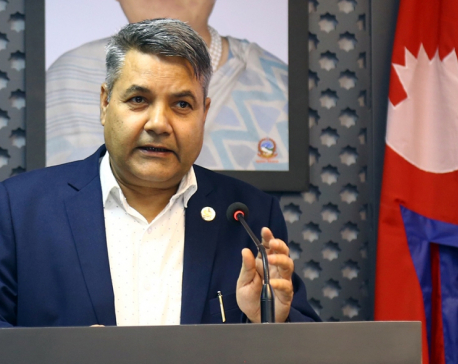
India has encroached upon two percent Nepali territory, says government spokesperson
KATHMANDU, Nov 7: The government will hold talks with the southern neighbor India to resolve existing border disputes through diplomatic... Read More...




Just In
- Abducted Mishra rescued after eight hours, six arrested
- Forest fire destroys 13 houses in Khotang
- First meeting of Nepal-China aid projects concludes
- Lungeli appointed as Minister for Labor and Transport in Madhesh province govt
- Bus knocks down a pilgrim to death in Chitwan
- One killed in tractor-hit
- Karnali Chief Minister Kandel to seek vote of confidence today
- Chain for Change organizes ‘Project Wings to Dreams’ orientation event for inclusive education










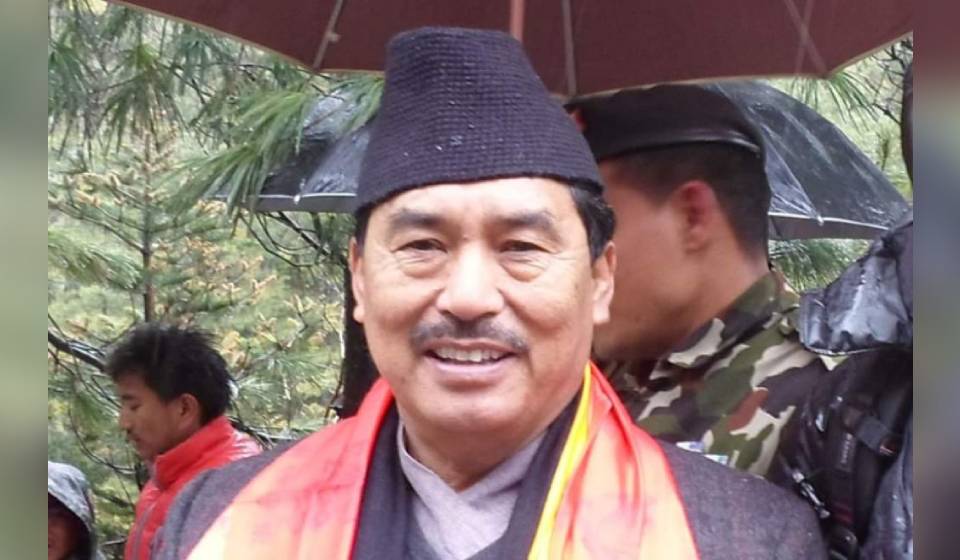

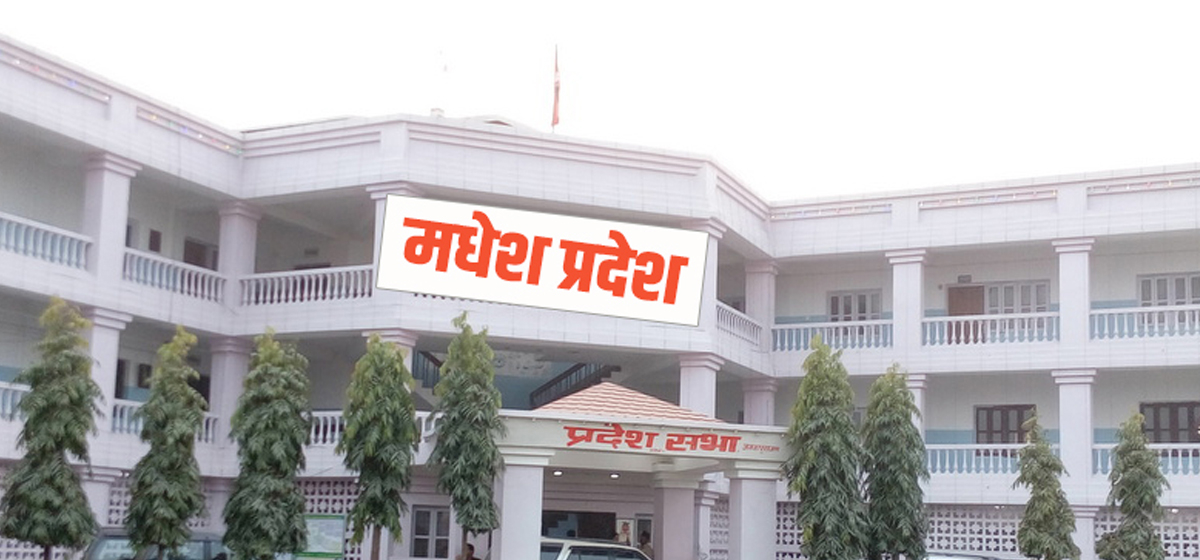

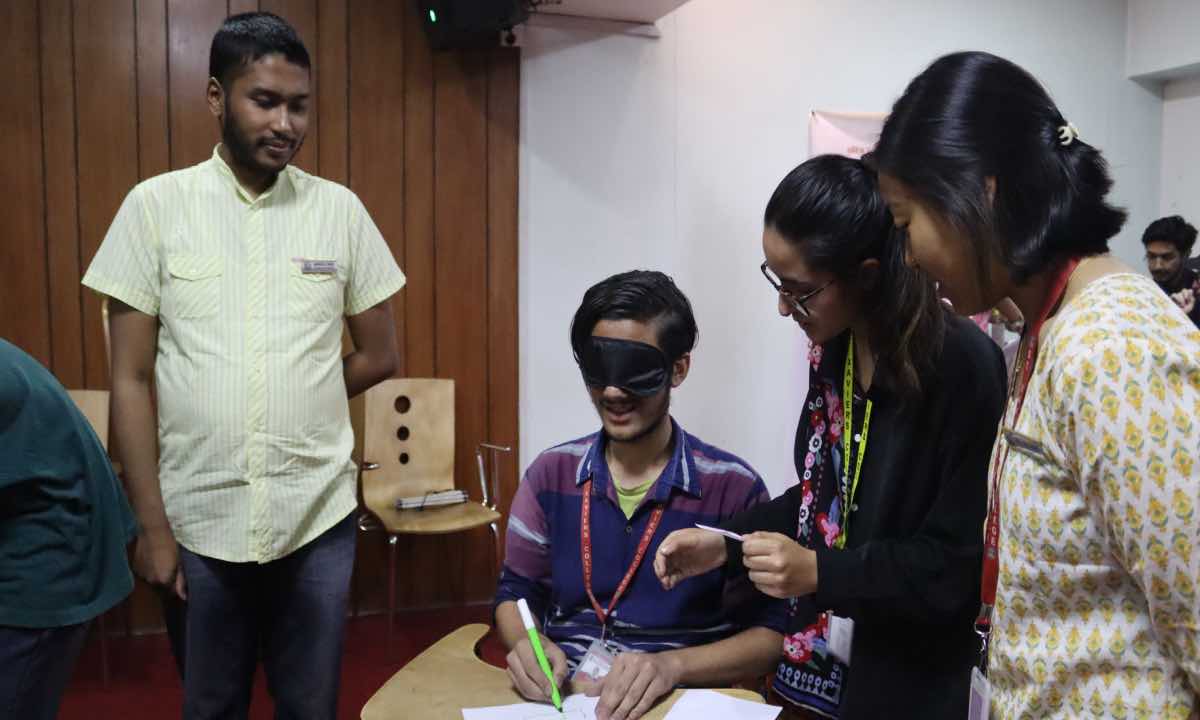
Leave A Comment